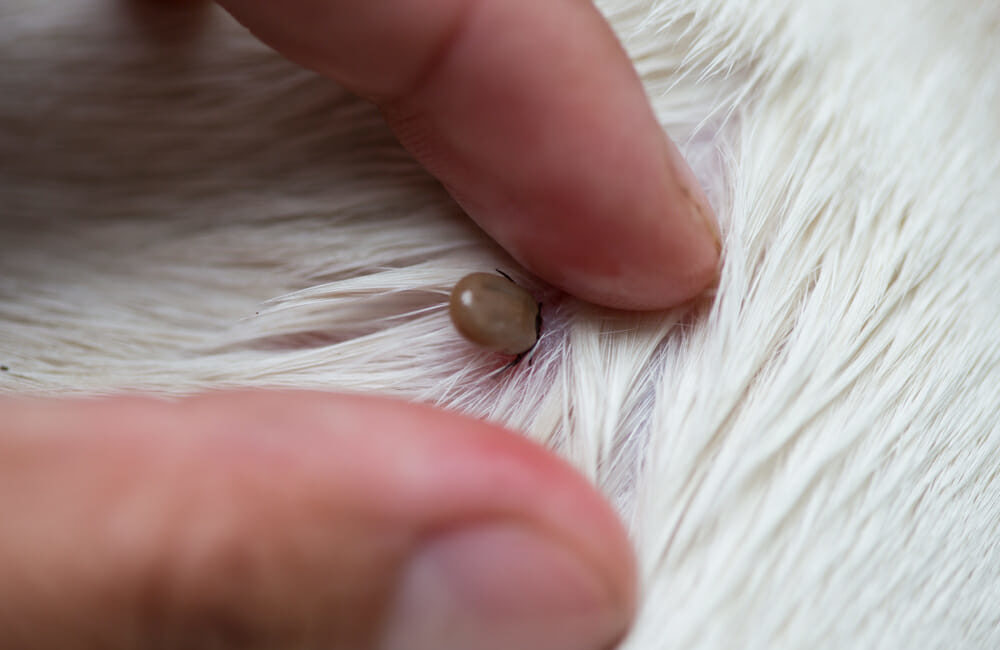Lyme disease has become a significant parasitic infection for people and their pets through North America. It has become the most frequent tick-borne disease in Canada with approximately 1000 people infected in 2016. Thanks to public awareness campaigns, most people know about this threat. However, many people repeatedly put themselves and their pets at risk by not taking adequate and necessary precautions. Why would anyone put themselves, or their pets, at risk, knowingly? That is not an easy question to answer.
People have a very poor perception of risk. Statistics show that getting in your car and driving down the road is the riskiest thing the average person will do in their lives. (Skydiving, sure much higher risk ratio, but few people actually skydive.) Does anyone think about car-related fatality risk when they drive, probably not, but everyone drives a lot. I would never suggest you not take a walk with your pet on a beautiful day because that is an excellent thing for your health and theirs. If you walk in an area with Black-Legged ticks, it is a pretty risky thing to do.
Lets first be aware of the risk of Lyme disease and then adopt a ‘reduce the risk attitude.’ What can you do to enjoy the out of doors, while protecting yourself from Lyme disease? Follow these simple steps;
- Step 1 – Walk your pet in areas with well-trimmed grass. Ticks like tall grasses, and moist areas. Short cut grassy areas are too hot and dry for ticks to live. A bark mulch perimeter will keep ticks out of your yard.
- Step 2 – Protect yourself and your pet at all times. Long sleeves and long pants, tucked in, and shoes. For your pet, a proper flea and tick repellant (Nexguard or Bravecto), regularly applied.
- Step 3 – Tick check after the walk. Inspect your body and your pet for ticks. They might crawl on the dog for a ride, then crawl onto you back home.
- Step 4 – Remove attached ticks properly. If you remove a tick within 24 hours of it biting, the risk of Lyme disease is minimal.
If you follow these steps, you can enjoy the summer with your pet and reduce your chance of contracting Lyme disease. Consult your veterinarian regarding an appropriate flea and tick prevention product.
Written by: Dr. Kip Grasse




